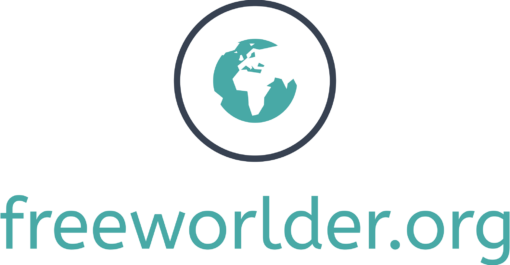PNG (Portable Network Graphics) is one of the most widely used image formats in digital design and online publishing. It offers high-quality compression, transparency support, and lossless image preservation—making it the ideal format for web graphics, logos, screenshots, and anything requiring crisp visual fidelity. If you’re working with images that need a clear background, you can use tools like Creative Fabrica’s Png Maker to generate clean, transparent PNGs in just a few seconds.
What Is a PNG File Technically?
The PNG format was developed in the mid-1990s as an open, patent-free replacement for GIF. Unlike JPG, PNG is a raster image format that supports lossless compression—preserving the original quality of the image without losing pixel data during saving or editing.

PNG files are built using a chunk-based structure, with each “chunk” carrying a specific set of data: image metadata, color information, transparency settings, and so on. This modular system gives PNGs flexibility and adaptability across software environments.
Most importantly, PNGs support alpha transparency. This means they can display variable levels of opacity—ideal for layered compositions or when you want to place a logo or graphic on multiple background colors without a white box or jagged edges.
Why Designers Use PNG Files
One of the main reasons a brochure designer chooses PNG over other formats is its ability to preserve transparency. Unlike JPG, PNG supports transparent and semi-transparent areas, which is critical for cleanly overlapping logos, icons, and UI elements on various backgrounds. The format also uses lossless compression, meaning that every time a file is saved, it retains its original data. This is especially important for brochure designers who need consistent quality throughout revisions or for archival purposes.
Another key benefit is the way PNG handles sharp details. Text, line art, and interface elements often suffer in lossy formats like JPG, but PNG preserves clarity. Its wide compatibility across all major browsers and platforms makes it a trusted choice for exporting graphics that need to look crisp and professional on any screen. That’s why PNG is the standard format for web logos with transparent backgrounds, polished product mockups, user interface components, and screenshots used in tutorials or documentation.
How to Make a Transparent PNG
Creating a transparent PNG is easy when you start with the right tools. While professional editors like Photoshop or GIMP can manually remove backgrounds, online tools like Creative Fabrica’s Transparent Background Maker simplify the process.
Here’s how it typically works:
- Upload your image (JPG, PNG, BMP, etc.).
- The AI tool automatically detects the subject and removes the background.
- Download the result as a high-resolution PNG with transparency.
This is especially useful for users who need fast results without diving into manual pixel editing.
Technical Benefits of PNG in Web & Digital Use
One of the key technical advantages of PNG is its 8-bit transparency channel. Unlike GIFs, which only allow binary transparency (fully visible or fully transparent), PNG can handle semi-transparent edges, shadows, and smooth gradients.

This ensures that logos and icons look professional even when placed on colored or textured backgrounds. It also enables developers and designers to create layered effects with shadows, glows, or overlays without having to bake effects into a flat image.
Additionally, PNG files support:
- Indexed color: Optimizing images to reduce file size.
- Grayscale and truecolor options: For photographic and detailed visual elements.
- Gamma correction: Helping maintain consistent brightness across platforms.
PNG vs JPG: Why Transparency Matters
While JPG is excellent for compressing large photographic images with millions of colors, it’s not suitable when transparency is needed. JPGs are also lossy, which means image quality degrades each time it’s saved.
PNG is preferred for cases where:
- Clean edges are critical
- Transparent or semi-transparent backgrounds are required
- Image editing or resizing may be needed over time
JPEG files guarantee high resolution, supporting a 24-bit color with up to 16 million colors. Also, these files are smaller than the ones saved in other formats, such as PNG.” — Aida González Vázquez
This quote helps highlight how both formats serve different purposes—JPG for compact photography, PNG for quality and versatility.
Final Thoughts
PNG files are an essential tool in every designer’s workflow. Their support for transparency and sharp, lossless quality make them indispensable for digital design, e-commerce, branding, and web development.
Whether you’re removing backgrounds from product images, exporting transparent logos, or crafting layered visuals, PNG gives you precision and flexibility.
And when time is of the essence, tools like Creative Fabrica’s Transparent Background Maker let you create clean, professional PNGs—no advanced software or skills required.


